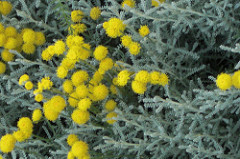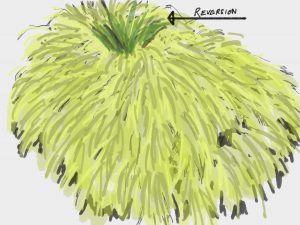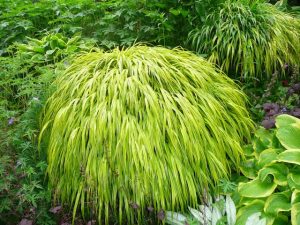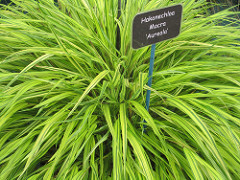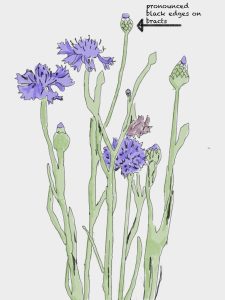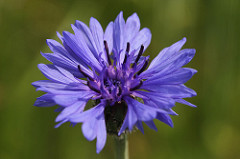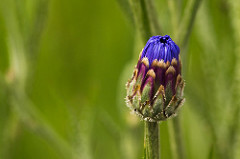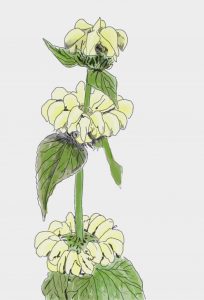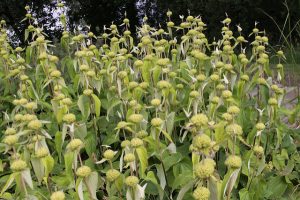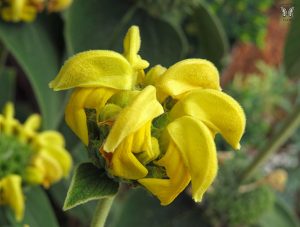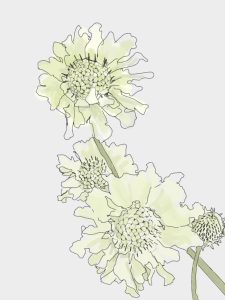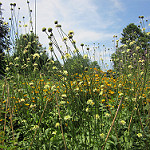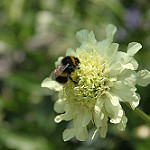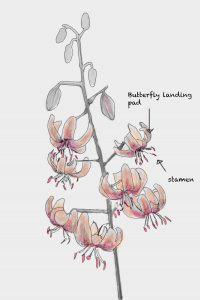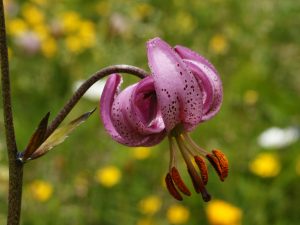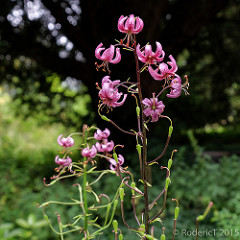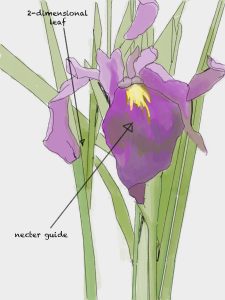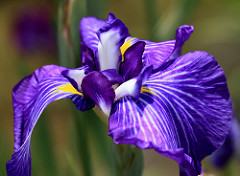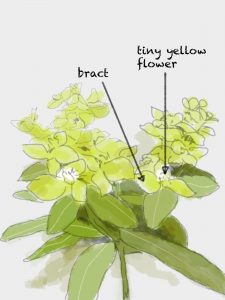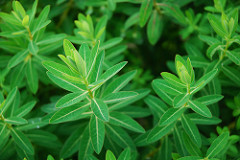 Trachelospermum jasminoides, Confederate jasmine
Trachelospermum jasminoides, Confederate jasmine
Family: Apocynaceae
Description:
This evergreen climber has dark glossy leaves arranged oppositely. Pinwheel-shaped flowers are sweetly fragrant with 2-3 months of blooming time. Flower buds appear twisted and will unfurl to expose 5 petals extending from a tubular corolla.
Growing conditions:
Trachelospermum jasminoides requires well-drained soil. It is adaptable to light conditions, and will flower in either full sun or full shade. As a zone 8 plant, it is not very cold hardy and should not be planted in higher elevation. Occasional cut back will encourage fresh growth.
Suitable uses:
Most often Trachelospermum jasminoides is cultivated for its climbing habit, evergreen foliage and fragrant flowers. It can also be used a ground cover, and works well cascading over the top of a wall. A structure, such as a trellis or another plant, may be needed to encourage a climbing habit.

CC Image courtesy of scott.zona on Flickr
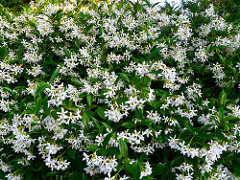
CC Image courtesy of Herry Lawford on Flickr



